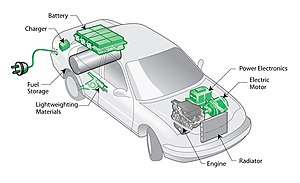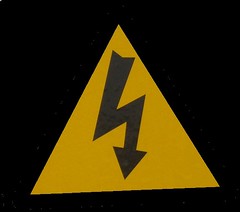Electrical powered and hybrids are two such types of natural vehicles. In reality, electric vehicles are not at all eco-friendly. In order to get a car to run, it must be "charged" in power channels. These power channels turn only 30% to 40% of the energy into power. When the ability is being moved from the place to a car, 30% of the ability is missing along the electrical cords. Thus, by the time the ability gets to the electrical car, much of the ability is missing. Energy vehicles may cut down contamination in inner places, but they aren't efficient at all.
Hybrid vehicles are becoming the desired vehicles by many drivers. A multiple car has both an motor unit and a gas motor. The power produced whenever you braking mechanism is what abilities up the motor battery. In comparison to electric designs, multiple vehicles appear to be more eco-friendly -- theoretically, at least. In practice, however, multiple vehicles are still not up to par.
Hybrid motorcars are not at all completely "green" either as the battery power would still need to be removed. They aren't exactly eco-friendly. Cost is another drawback of multiple vehicles. For most people, multiple vehicles are costly as opposed to regular engine-run vehicles. Since multiple is a relatively new car concept, they are still not produced in a extensive so as to drive the costs down.
The main point here is that natural vehicles like the genuine electric and multiple vehicles end up using more power, are more difficult to get rid of of and are just too costly for common drivers. Perhaps in a few years, natural vehicles would be a genuine option for drivers, but for now it still fails to deliver of being a practical solution to climatic change.








Thanks for taking the time to discuss this, I feel strongly about it and love learning more on this topic.
ReplyDeletetires in west palm beach